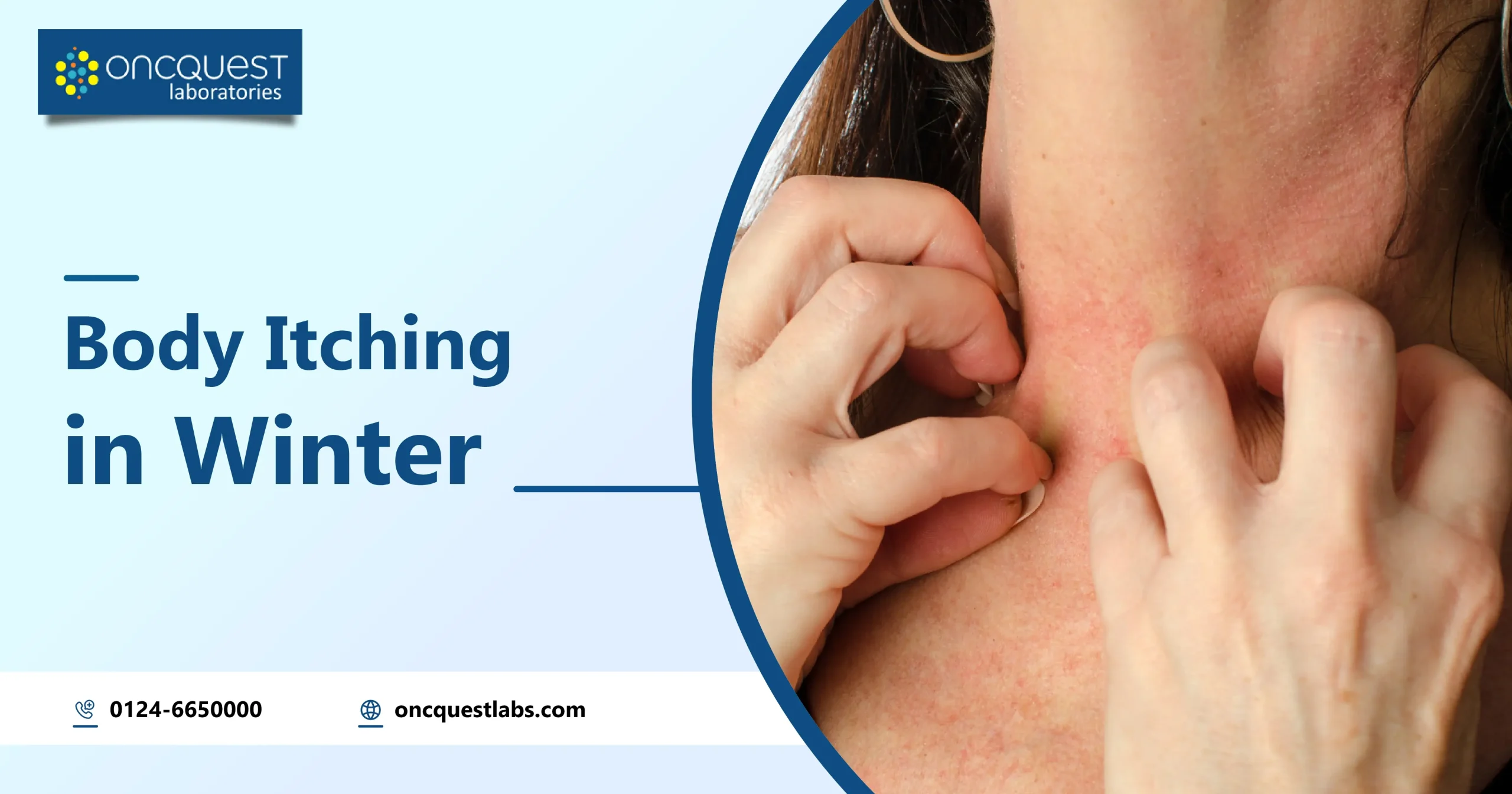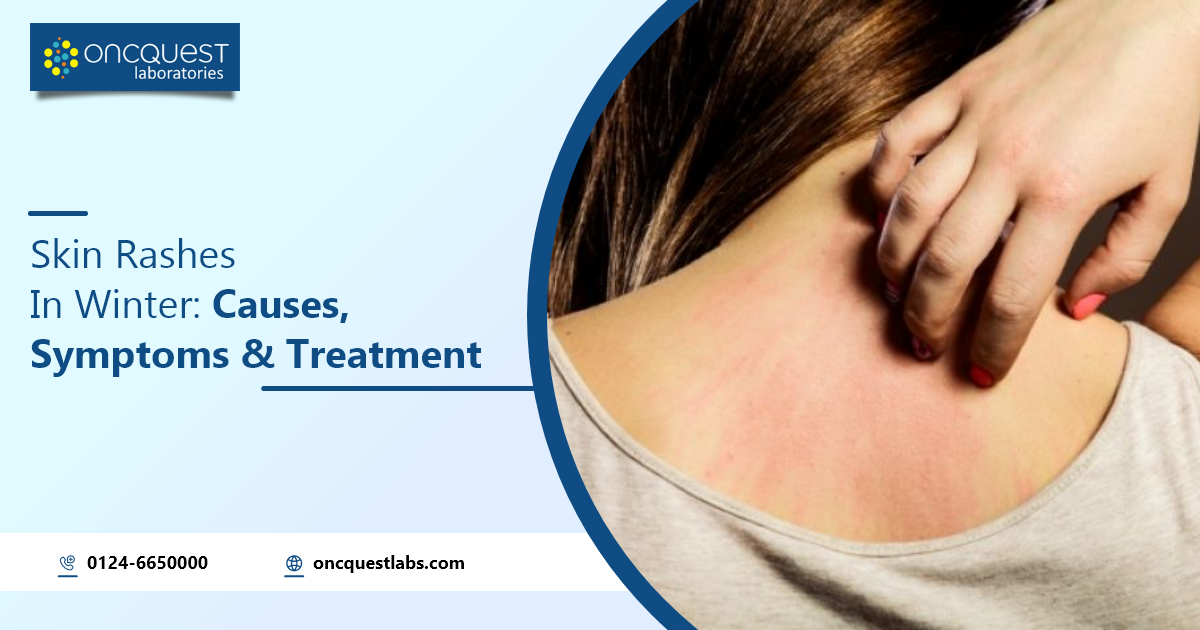Winter brings a magical chill to the air, but for our skin, it can be a different story. As we cozy up in layers, our faces often bear the brunt of the season, leaving us with those pesky dry patches that seem to have a mind of their own. But fear not, dear readers, for this blog is your winter skin savior! Join me on a journey to discover the secrets of banishing dry patches and embracing a radiant, moisturized complexion even in the coldest months. Say goodbye to flakiness and hello to a winter glow like never before!
Contents
What are dry white spots on the face in winter?
Picture this: winter’s crisp air and the allure of snowfall. While it paints a picturesque scene, our skin isn’t always as thrilled about the frosty festivities. Dry patches on the face during winter are like unexpected guests crashing the winter wonderland party on your skin. They’re those annoying, flaky patches that pop up uninvited, causing your face to resemble a patchwork quilt of dryness.
Imagine your skin as a delicate canvas, and winter, well, it’s the mischievous artist armed with icy winds and low humidity. Together, they conspire to strip your skin of its natural moisture, leaving behind those not-so-charming dry patches. These patches are like tiny rebels staging a protest against the winter chill, demanding attention and a rescue plan. But fear not, because we’re about to decode the mystery of these unwelcome visitors and unveil the secrets to restore your skin’s glory in the frosty season.
What causes dry patches on your face in winter?
Dry patches on the face during winter are often the result of a perfect storm conspiring against our skin’s natural balance. The primary culprits include:
1. Low Humidity: Winter air is notorious for its lack of moisture. As the humidity levels plummet, your skin becomes a thirsty sponge, absorbing whatever moisture it can find. Unfortunately, there’s not much to absorb in the dry winter air.
2. Harsh Winds: Winter winds are like the villains in this skincare saga. They whip across your face, robbing it of its natural oils and leaving it exposed and vulnerable to dehydration.
3. Indoor Heating: While it’s tempting to crank up the heat indoors, constant exposure to artificial heating systems can suck the moisture right out of your skin, leaving it parched and prone to dry patches.
4. Hot Showers: As comforting as a hot shower may be on a chilly day, it’s not your skin’s best friend. Hot water can strip away the skin’s natural oils, contributing to dryness and those frustrating patches.
5. Inadequate Hydration: We might not feel as thirsty in the winter, but our skin still needs hydration. Sometimes, dry patches are simply a cry for more water.
Understanding these winter woes is the first step in crafting a battle plan to keep your skin smooth, supple, and hydrated throughout the colder months.
Symptoms of dry white spots on face in winter
Recognizing the symptoms of dry patches on your face during winter is key to tackling them head-on. Keep an eye out for:
1. Flakiness: If you notice small, dry flakes on your skin, especially around the forehead, nose, and cheeks, these are the telltale signs of dry patches.
2. Tightness: Your face might feel uncomfortably tight, like it’s begging for a big gulp of moisture. This sensation is a common indicator that your skin is dehydrated.
3. Redness and Irritation: Dry patches often come with a side of redness and irritation. Your skin might appear more sensitive, reacting to the harsh winter elements.
4. Dull Appearance: Lackluster, dull skin is another symptom. Dry patches can make your complexion lose its natural radiance, leaving you looking less vibrant than usual.
5. Itchiness: Dry skin tends to itch, and winter dry patches are no exception. If you find yourself absentmindedly scratching your face, those patches are likely to blame.
By tuning in to these symptoms, you can address the issue promptly, adjusting your skincare routine and lifestyle to give your skin the TLC it deserves during the winter season.
Winter Skincare Solutions
1. Stay Moisturized:
Use a hydrating cleanser, hyaluronic acid, and a rich moisturizer to keep your skin hydrated.
2. Gentle Exfoliation:
Remove dry skin gently with exfoliating products containing glycolic acid or enzymes. Don’t overdo it!
3. Hydrating Masks:
Treat your skin to hydrating masks, even try DIY ones with honey or aloe vera. Do this weekly for an extra hydration boost.
4. Vitamin-Packed Serums:
Include serums with vitamins E and C to nourish and repair your skin. Use them in the morning and evening for targeted hydration.
5. Overnight TLC:
Apply overnight masks or balms for deep hydration while you sleep. Seal in moisture with occlusive products for a consistent nighttime routine.
6. Sunscreen Always:
Wear sunscreen year-round, especially in winter with snow’s reflective nature. Use at least SPF 30 in your daytime routine to protect your skin. Combine these steps for happy, winter-ready skin!
Tips to get rid of winter white patches naturally
Nature’s beauty often comes with a downside – those unexpected white patches on the skin. But fear not, as nature has its remedies. Here are some natural tips to bid farewell to winter white patches and embrace a vibrant, even skin tone.
1. Olive Oil Massage:
Gently massage olive oil onto white patches for its moisturizing magic.
2. Coconut Oil Application:
Apply coconut oil regularly to nourish and tone your skin.
3. Turmeric Paste:
Create a paste with turmeric and water to benefit from its anti-inflammatory and skin-brightening properties.
4. Aloe Vera Gel:
Apply fresh aloe vera gel to soothe and potentially restore skin color.
5. Vitamin E Rich Foods:
Include almonds and sunflower seeds in your diet for a vitamin E boost to support skin health.
6. Sun Exposure in Moderation:
Expose the affected skin to sunlight in moderation for potential Vitamin D benefits.
7. Ginkgo Biloba Supplements:
Consider Ginkgo Biloba supplements after consulting with a professional for potential repigmentation support.
Remember, consult with a healthcare professional for personalized advice, and let nature be your ally in achieving radiant skin.
Conclusion
As winter’s chill tries to leave its mark on our skin, these natural remedies stand as allies in the quest for an even and vibrant complexion. From the moisturizing touch of olive oil to the soothing embrace of aloe vera, nature provides potent solutions. Remember, consistency is key, and while these tips may work wonders for some, individual results can vary. Before embarking on your natural skincare journey, consult with a healthcare professional to ensure the best path forward. Embrace the beauty of natural remedies, and let your skin radiate with confidence throughout the winter season.





